Financial Mathematics Assignment - Analysis of Financial Problems
VerifiedAdded on 2023/01/23
|7
|647
|61
Homework Assignment
AI Summary
This financial mathematics assignment solution provides detailed answers to various financial problems. The assignment covers calculations related to future value, present value, and interest rates, including scenarios involving investments, savings, and retirement planning. The solution utilizes formulas and functions, including Excel's FV and PV functions, and considers the impact of taxes on investments like RRSPs and TFSAs. The assignment includes step-by-step solutions to multiple questions, demonstrating how to compute investment returns and analyze financial scenarios. The document also references key concepts such as compounding and discounting factors. The assignment concludes with a bibliography of relevant resources.
1 out of 7
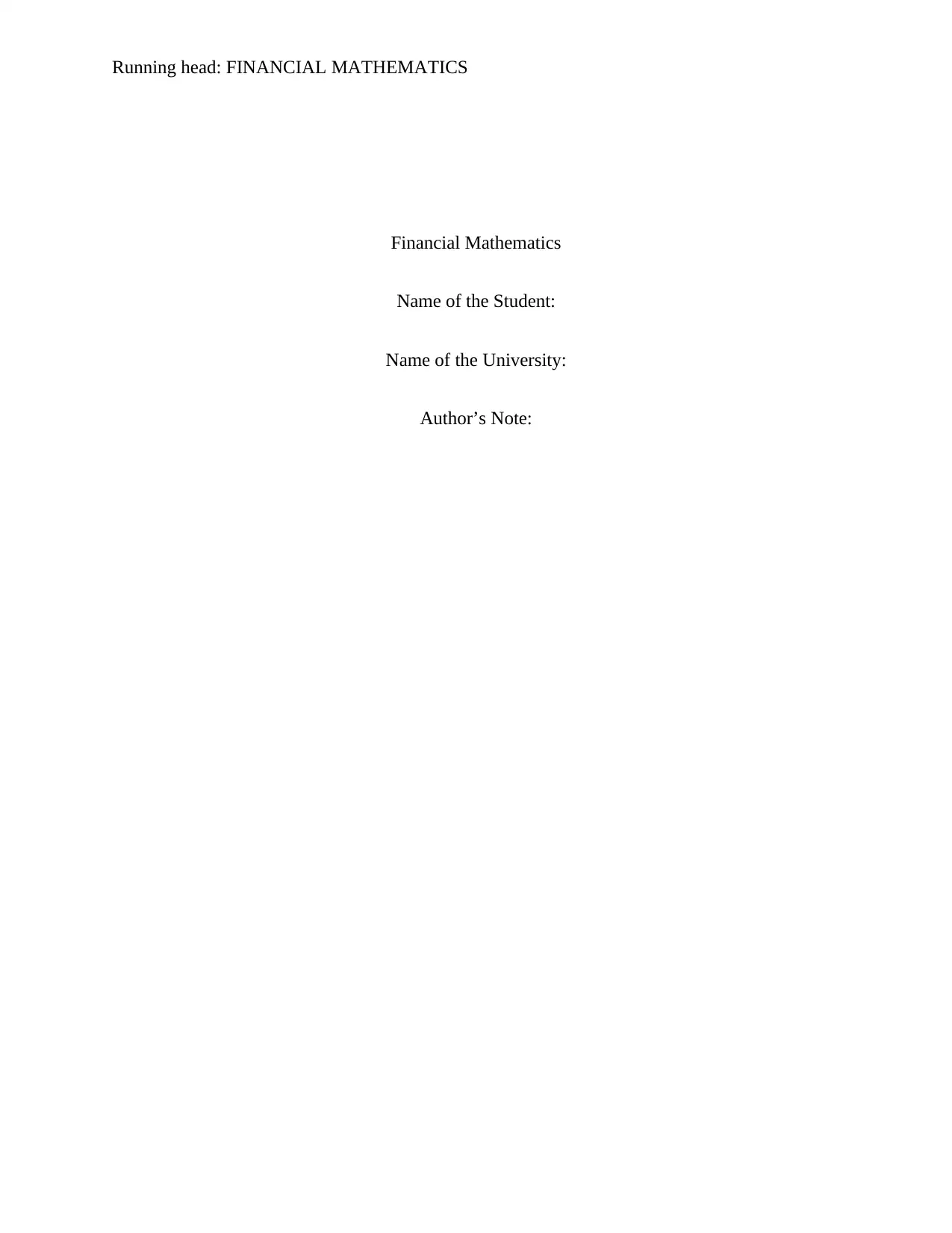
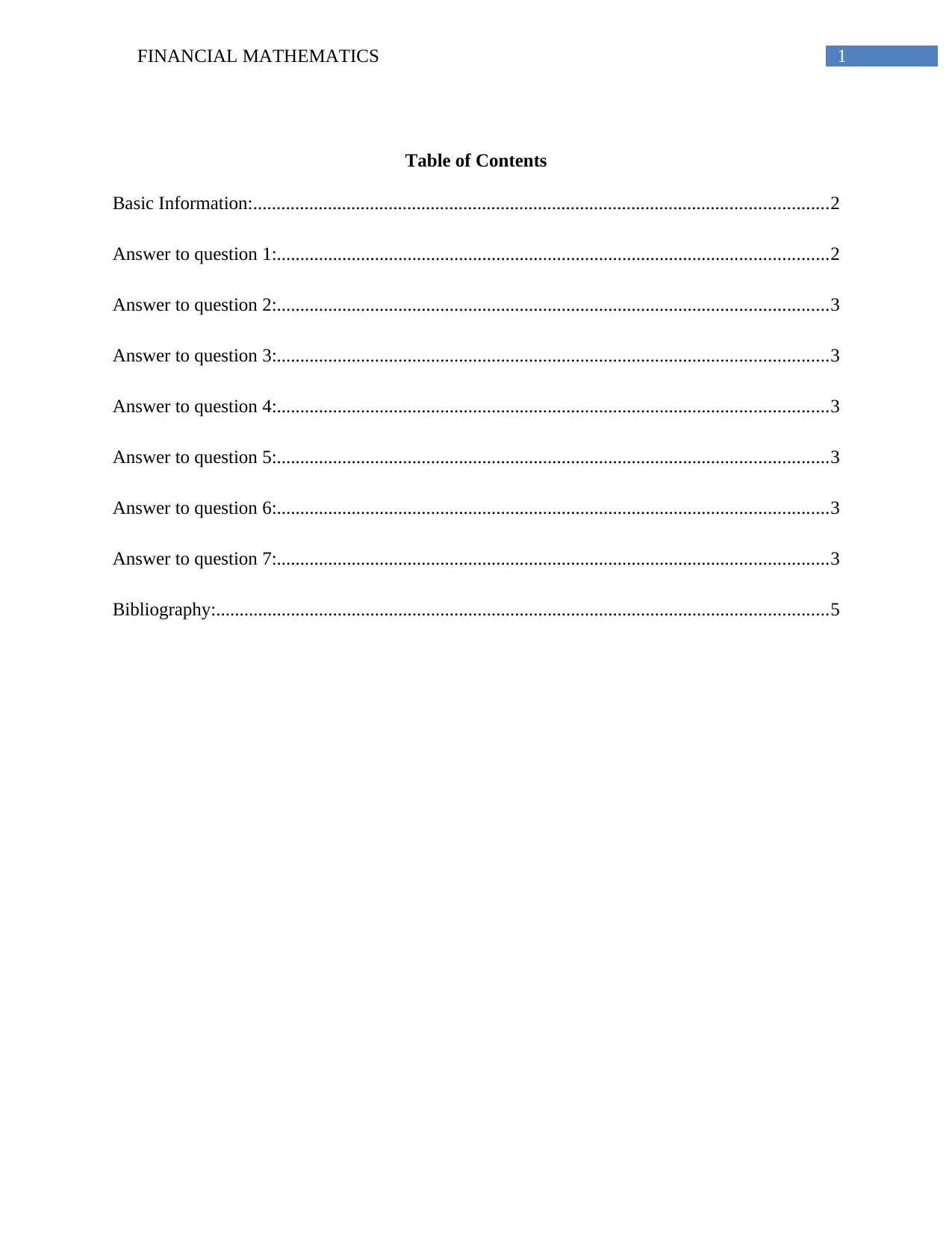
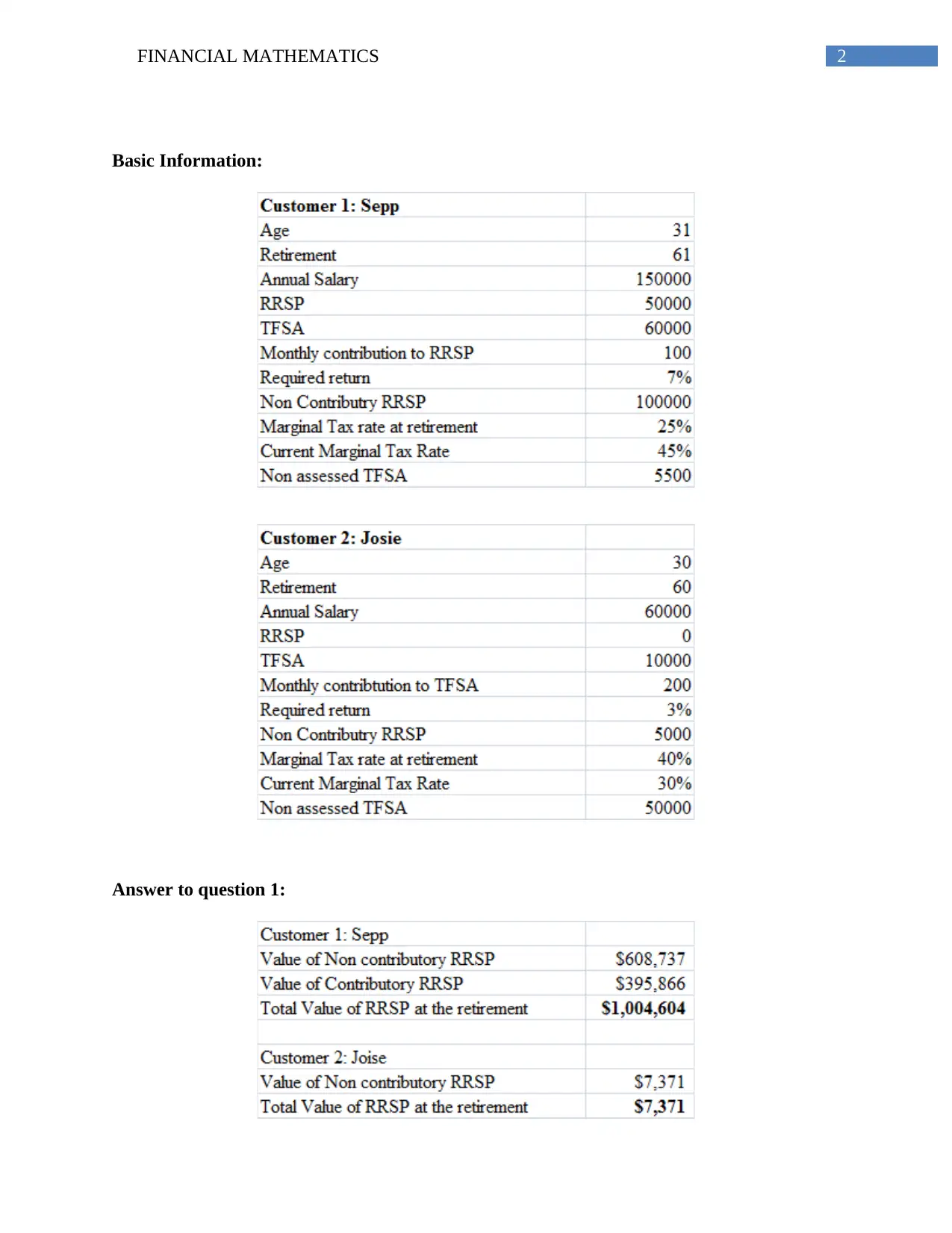

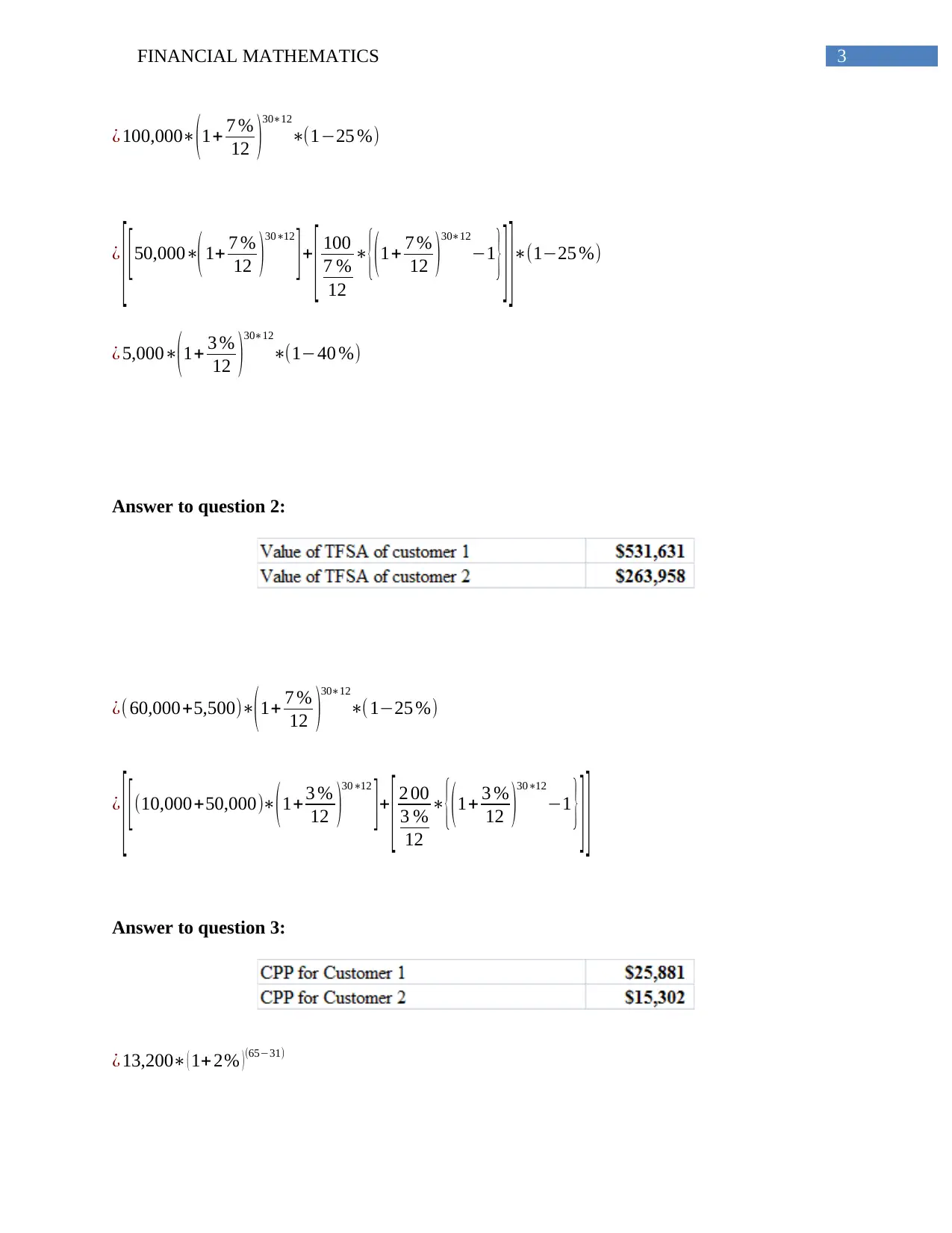
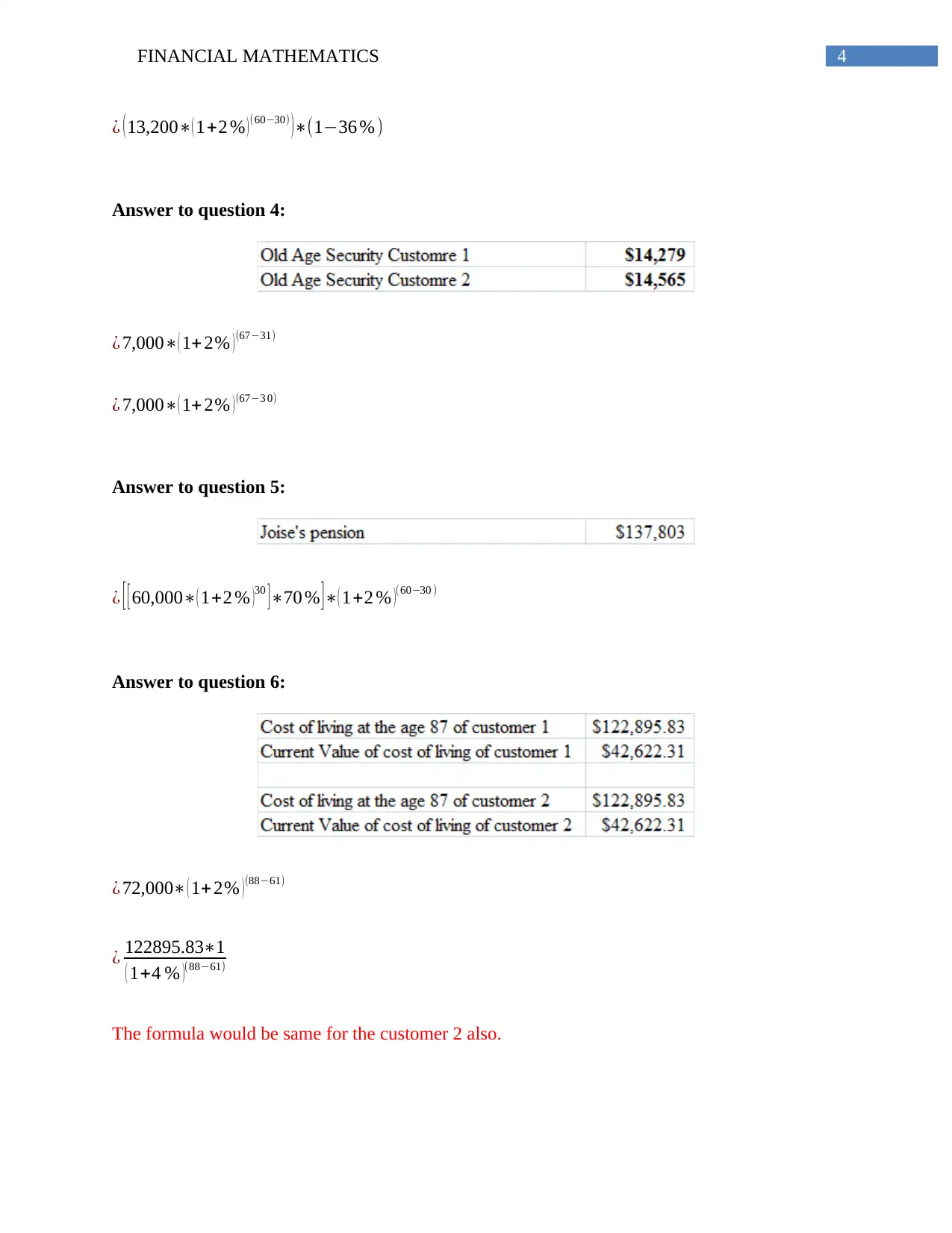
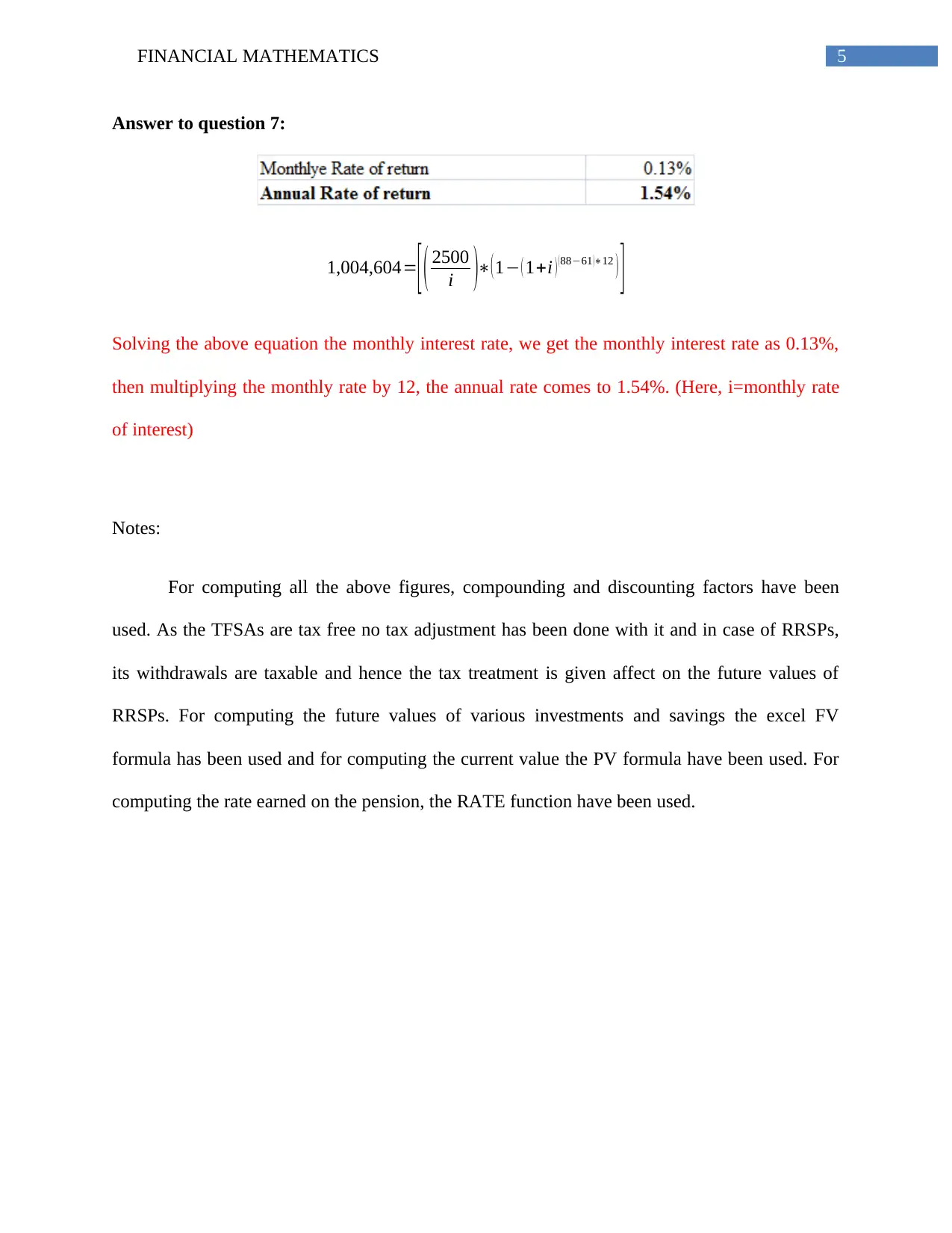
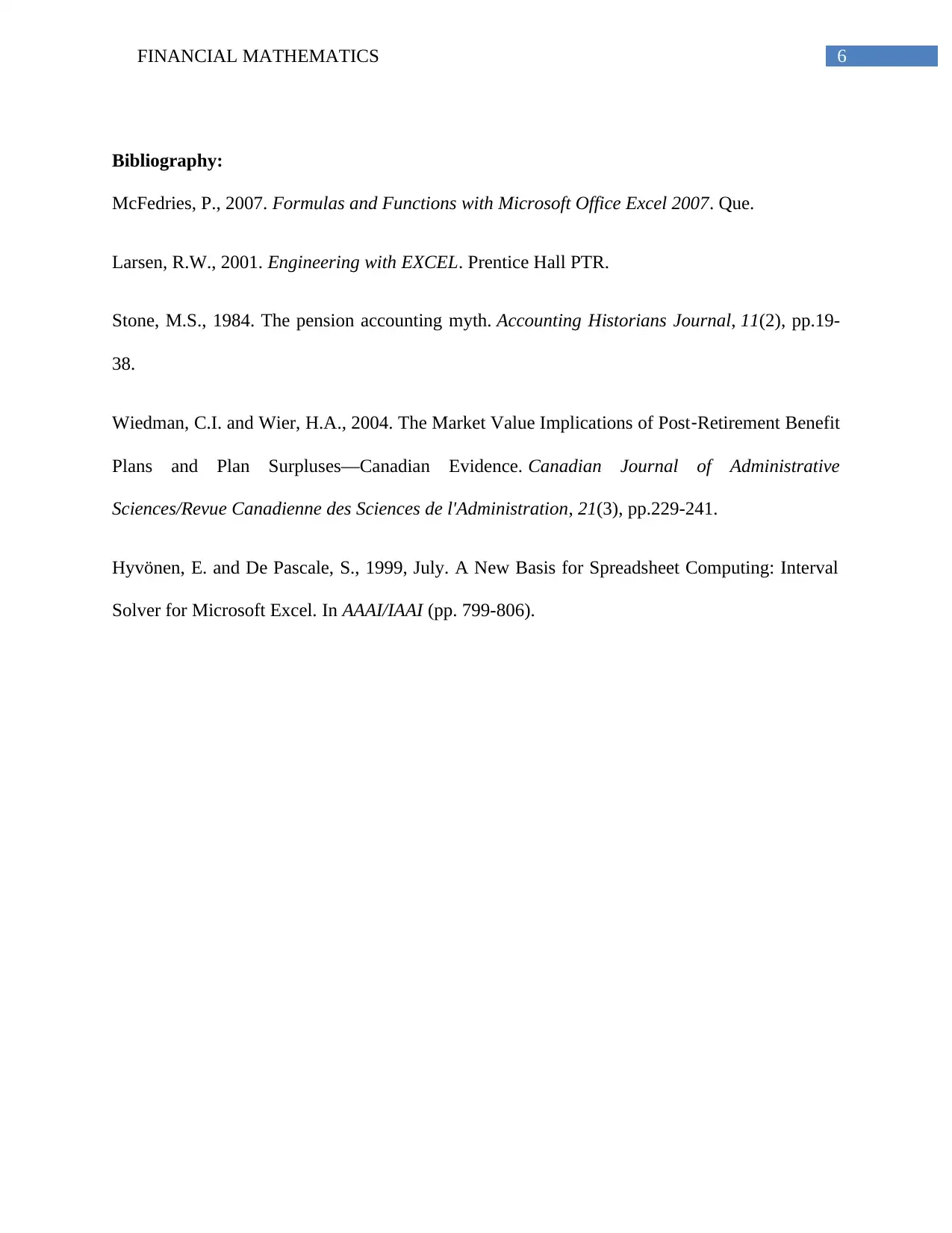






![[object Object]](/_next/static/media/star-bottom.7253800d.svg)